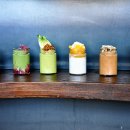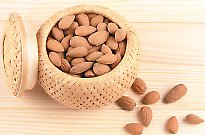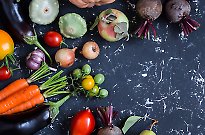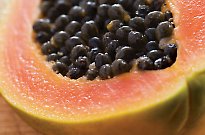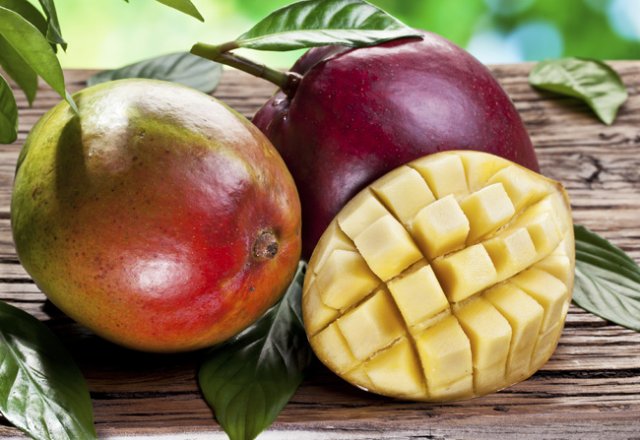
Health benefits of mangoes
Health benefits of mangoes

One of the most universally enjoyed fruits, few can resist the temptation of a fresh mango on a hot summer’s day. Not just for eating raw, mango is a great flavour to infuse in cooking while also boosting the nutritional factor.
Benefits of mango
A 200 gram serve (the equivalent of less than one mango) provides up to three times the recommended daily intake of vitamin A and C, protecting the body from infection and aiding the absorption of iron. Mangoes provide more beta-carotene than any other fruit, a powerful antioxidant to protect the body against disease and fight signs of ageing by assisting with the growth and repair of cells. They’re also high in energy, low in fat and a rich source of calcium.
In a major scientific breakthrough, it was found that mangoes may also prevent breast cancer. According to researchers at Texas A&M University, their study shows that mango helps to stop certain colon and breast cancer cells in the lab.
Types of mango
Mangoes have been around for over 5000 years and are from the same botanical family as cashews. There are more than 1000 varieties of mangoes across the world, several of which appear in Australian stores across the peak summer season. The most popular variety among Australians is the Kensington Pride, grown in the sub-tropical and tropical regions of Australia and making up 70 per cent of all trees planted.
Grow your own
Mango trees make attractive shade trees and are one of the easiest fruit trees to grow in the correct climate. They perform best in full, all-day sun, with wet summers and dry winters and springs, in the tropical north and the subtropical east coast regions of Australia. The trees take about five years to bear fruit.
Choosing fresh
Selecting a mango in store is similar to the hunt for the perfect avocado. If it feels too squishy, it’s past its heyday, but too hard and it’s not yet ripe. Look not so much at the colour but for a fruity aroma on the stem end to determine if a mango is ready for eating. Unripe mangoes should be kept at room temperature to become softer and sweeter. Once ripe, these can be stored in the refrigerator where they can last five days uncut.
The most common Australian varieties are available from late September to March, although some varieties are not available until as late as February.
NEXT: Acai berry – breakfast of champions>>





